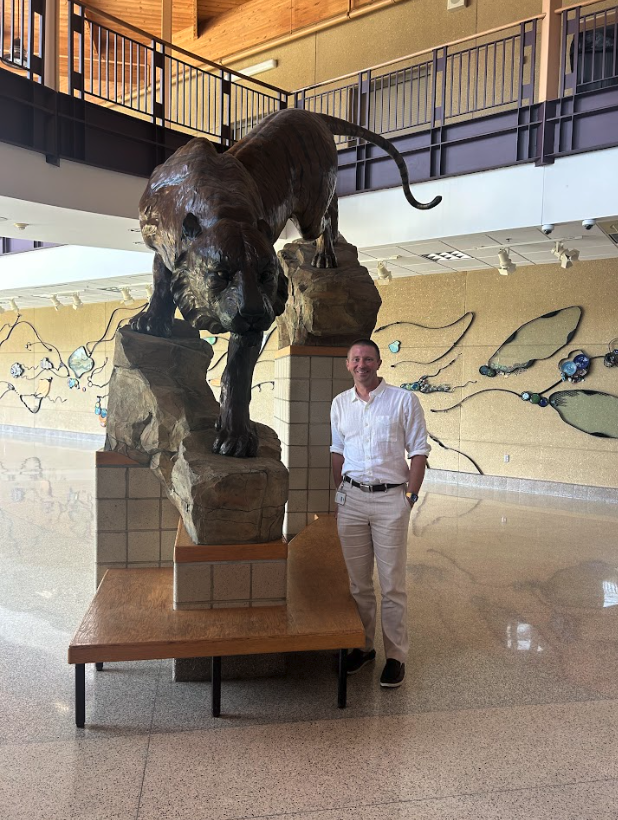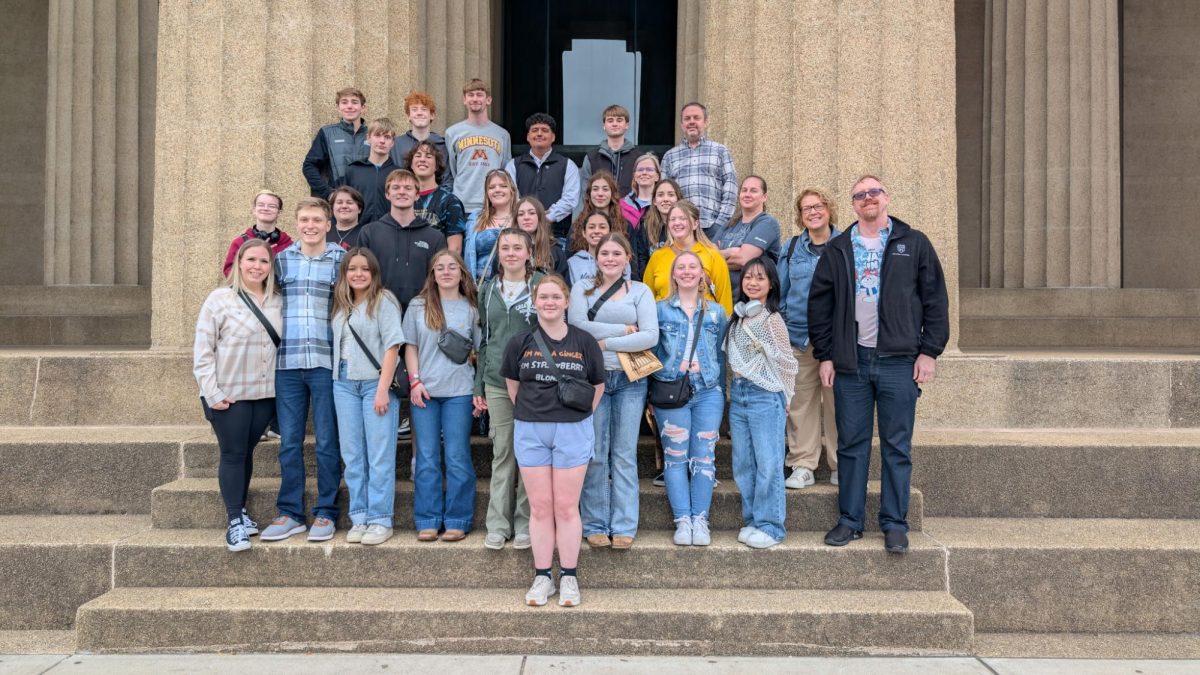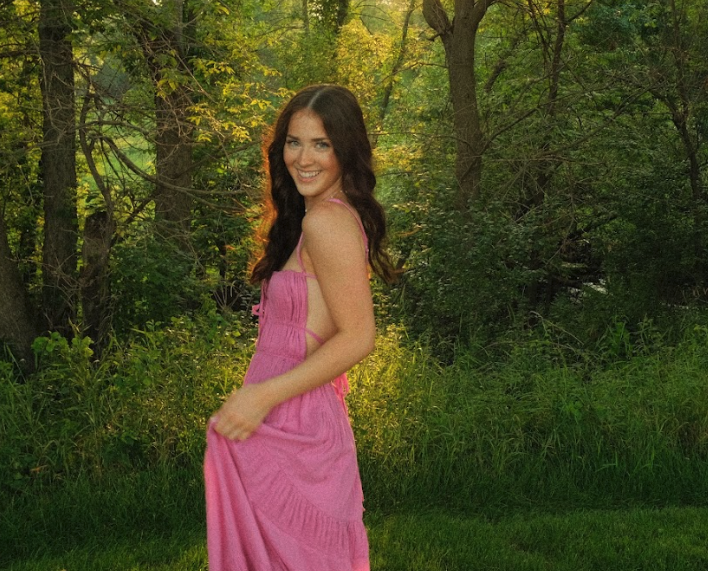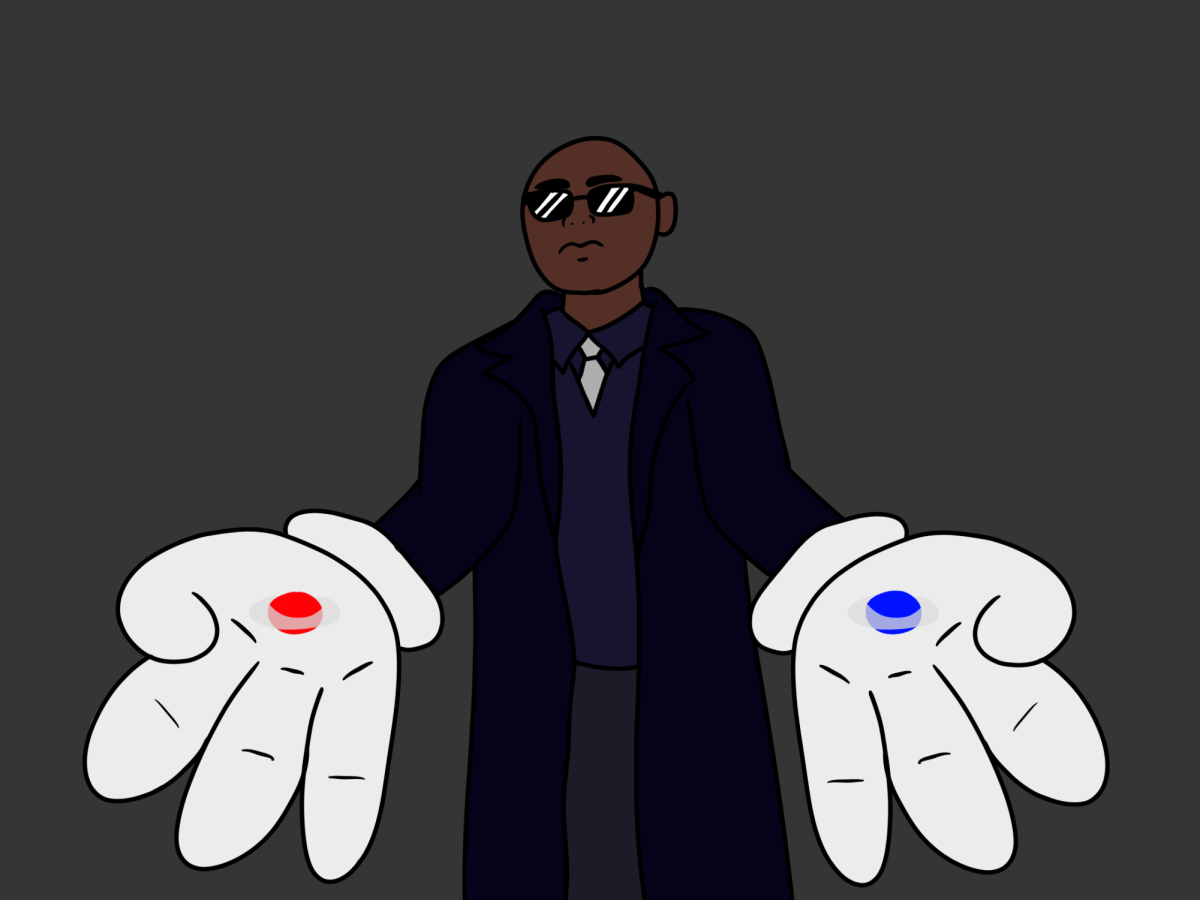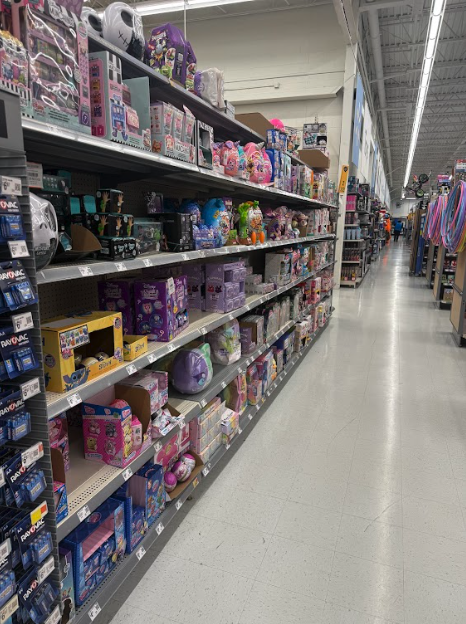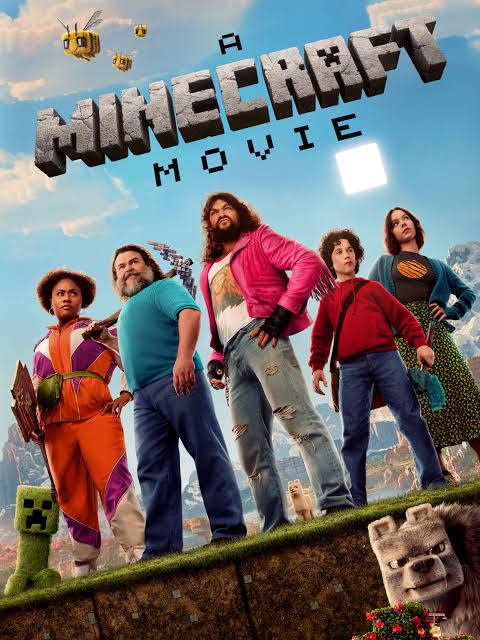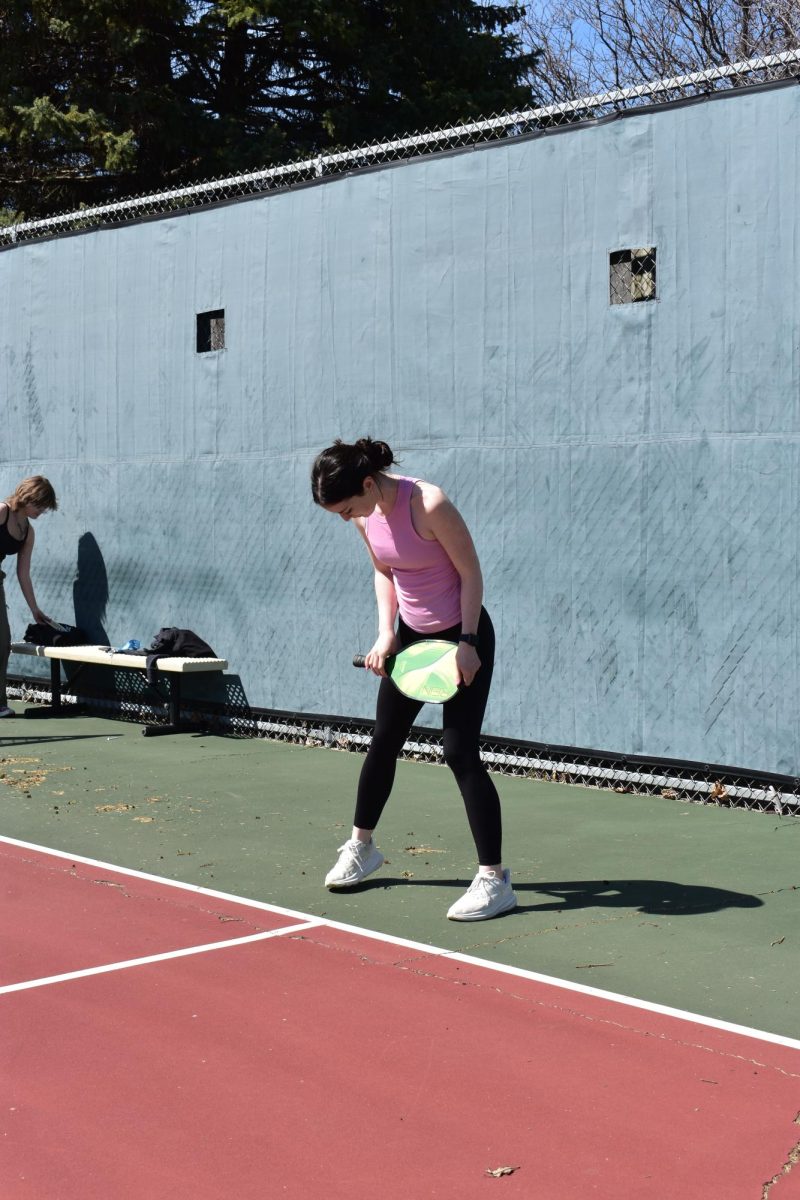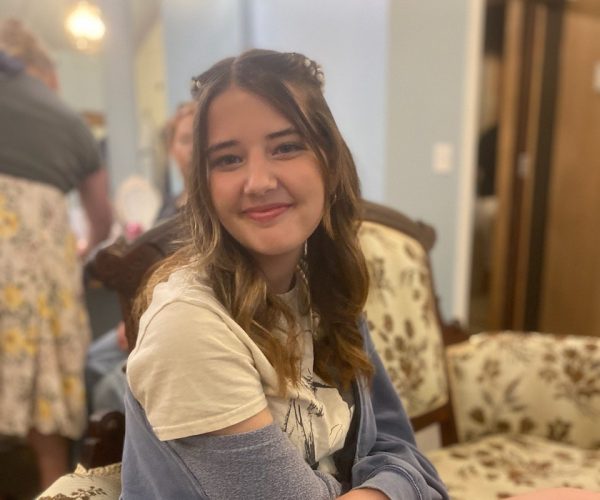As long as humans have been around there have been beauty standards. Though these standards have always been high in the past few years they seem to have become unattainable.
To understand where we are now, we must understand the history of beauty. The beauty industry as we know today comes from a long line of ignorance to what we do to our bodies and put on our faces.
For instance, some of the earliest traces of makeup were used in ancient Egypt. They would use eyeliner that was said to protect their eyes from the sun and even ward away illness, but that was not the case because what they were really putting on their face was lead which cause damage to the brain, nervous system and kidneys. Lead would go on to be used in the Roman empire and then Victorian England as something to whiten and smoothen the skin.
You could make the argument that they may not have known that lead was dangerous, but even if they did it would not have made a difference. This is because at the same time in Victorian England they knew that arsenic was poisonous, but even then they still ingested tablets of it that were advertised to smoothen skin.
It also became apparent that distorting your body with things like corsets in Europe and even feet binding in China were becoming more normal.
Now these standards have been so unreachable that people are flying to different countries and spending thousands to change themselves in order to appear beautiful.
Though time has passed our thoughts of beauty have not changed. Many feel that they must do whatever it takes, no matter the risk.
Medical tourism is something that has become more common in plastic surgery in the past few years especially with plastic surgery. They do this because of cost. It’s cheaper to get surgery done in places like Thailand and Turkey, but these patients ignore the actual cost.
“A major issue often overlooked by patients and minimized by providers abroad is the management of potential complications. Even under the best circumstances, complications may arise after these procedures. In addition to routine causes of complications, additional risk factors are associated with medical tourism, such as language barriers, lack of postoperative care, and travel-related complications.” Said an article from the National Institute of Health.
Though drastic measures like medical tourism are becoming more common, what is more concerning is the things people are doing in everyday life that are harmful.
Even what we wear all have a harmful impact on our bodies. Things like wearing high heels can cause joint, back and foot issues. Even things like tanning in a tanning bed or out in the sun can cause skin cancer. However, it is not what is most worrying.
The thing that is most discouraging is when manufacturers have a blatant disregard for consumer health. With the beauty industry being worth billions you would think that companies would put health and safety of consumers at the forefront. Instead there has been an increased number of recalls on beauty and skincare products due to cross contamination with things like benzene, a carcinogen. For example earlier this year the FDA sent out a recall for 6 different acne products due to the levels of benzene found.
Another problem with the beauty industry is just how fast we are going through trends. Not only are consumers rushing to get the next big product, but companies are rushing to be the next trend. This not only leads to waste and subpar products, but a grueling trend cycle that feeds on people’s insecurities.
This is egged on by social media and influencers pushing sponsored products and associate links in our face. These influencers not only push the ideal beauty standard, but an unattainable way of life for most people. They live in huge mansions with five cars and a closet the size of an apartment. We as consumers of their content and products are supposed to idealize their lives, but what we should realize is that their lives are not sunshine and rainbows. The reality is that what their lives are truly like are hidden by tactical editing and lies.
The moral of the story is that beauty is in the eye of the beholder and we don’t need to change what we have in order to fit a certain mold, especially if that mold was made to harm. Instead of following creators that push harmful rhetoric and beauty standards, find ones that promote sustainability and relatability. We as a society must learn that we do not need to change ourselves to be enough, but learn to accept ourselves and others for who they are.

![“This [photo] is basically the same area,” said science teacher Todd Mikkelsen. “So that [the cover photo] was my photo at dusk. Here it is at night time and there’s something jetting up out of the ground. So it’s the same location, different dates, two different cameras picked up an anomaly in the same region.”](https://www.ahlahasa.com/wp-content/uploads/2025/09/Ghost-Cover-1200x901.png)

